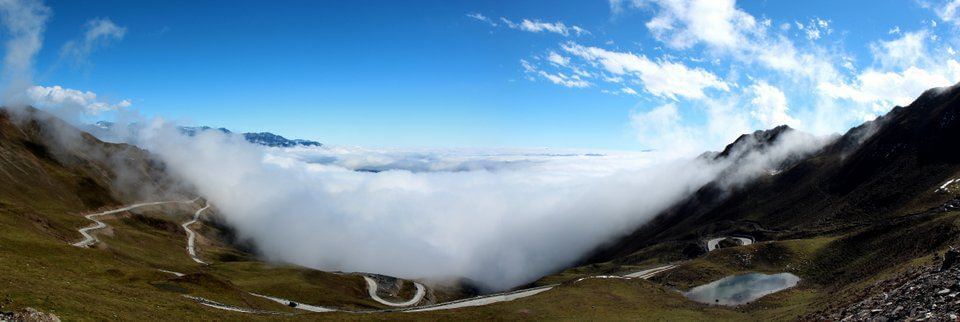
Above the clouds
A weeklong disagreement in Eastern vs. Western travel philosophies led to us parting ways with our Chinese road trip companions in order to remain friends.
Their notion of Chinese hospitality was well-intended, but beginning to become overbearing and stifling. H and I are used to just travelling in a relatively freewheeling manner, so we mutually thought it would be better if we continued separately and met up again in Jiuzhaigou.
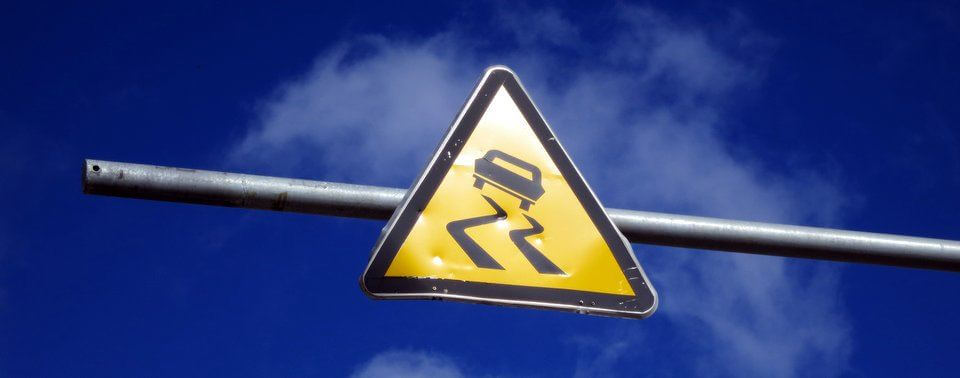
Fortunately, H knew a Chengdu based car & driver, who put us in touch with friend of his who was ready to leave the next day. Despite some very generous “mates’ rates” it was rather expensive as we needed a proper 4×4 for the Sichuan roads.
Our driver picked us up from the luxurious serviced apartments we were using (a bargain at 180rmb/night) and suggested we go for breakfast. Within 10 minutes he’d proved his value by taking us to a taxi drivers café where they’d combined two of my favourite dishes: Double Cooked pork filled Xiaolongbao.
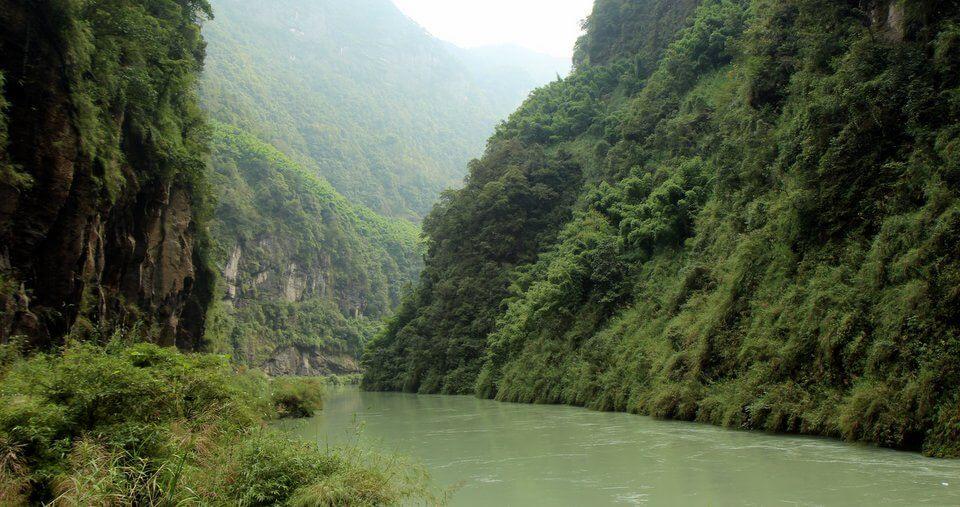
Panda Country
Baoxing
Stuffed, we set off towards Four Maidens. We stopped for lunch in Baoxing. This is regarded as the area where a French missionary and zoologist named Armand David was the first foreigner to see a Giant Panda. As such it’s been made a UNESCO World Heritage Site as part of the Sichuan Giant Panda Sanctuary.
Surprisingly, this region’s main crop is Kiwi fruit. They were everywhere, being sold by the bucket load.
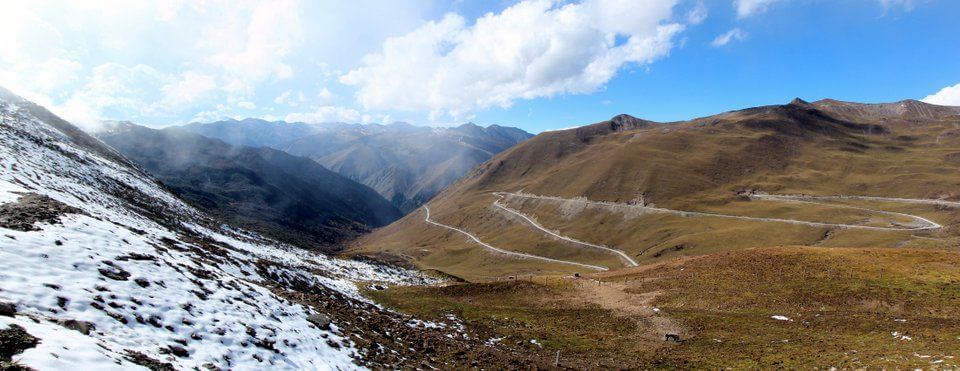
JinJiaShan Pass
JiaJinShan Scenic Area
The highlight of the drive was the rest stop at the mountain pass through the JiaJinShan Scenic Area. At a height of 4114m it looks down into the cloud-filled valleys below.
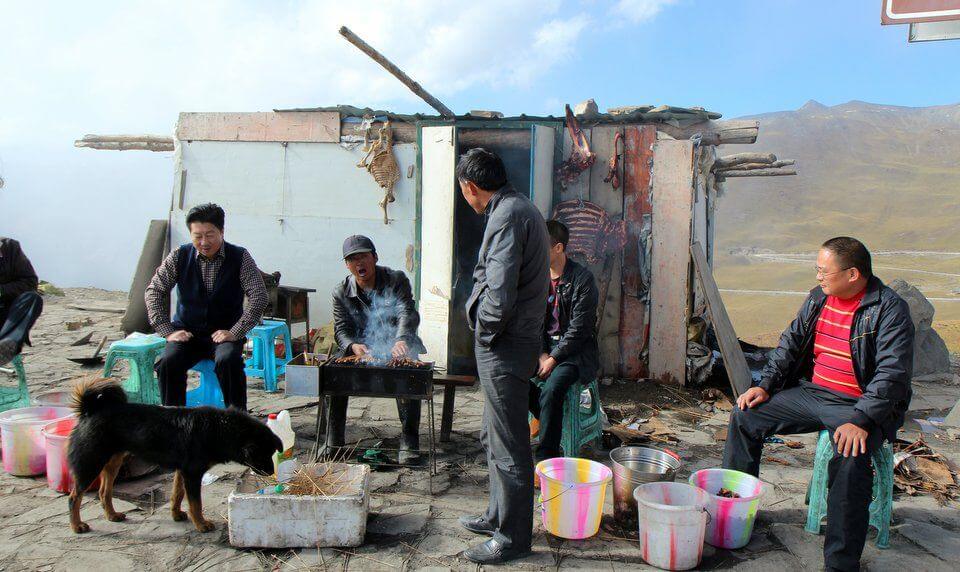
Kebabs at 4000m
As is usually the case, a group of enterprising Tibetans had set up a small grill and were selling chuan’r kebabs. The private parts of the yak were still nailed to the wall behind them, preserved by the cold, dry mountain air. (Top-right in the picture above)
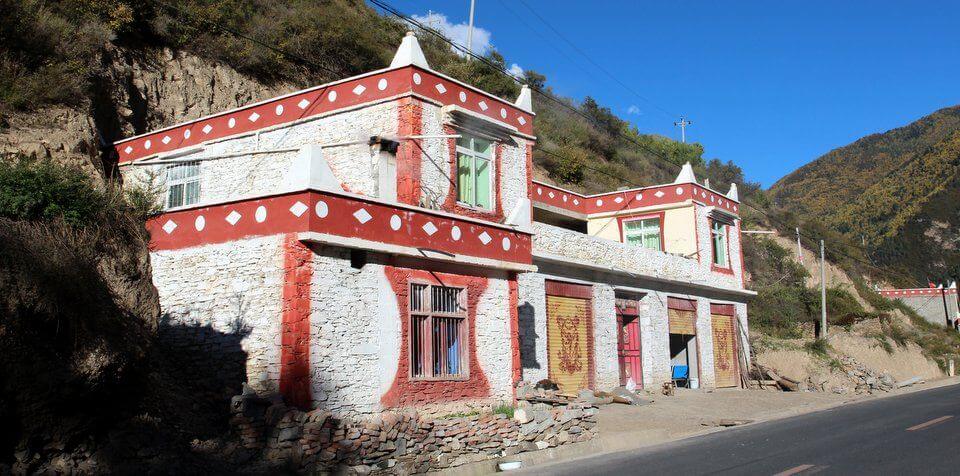
Tibetan house
RiLongZhen
The descent to our final destination of RiLongZhen took us through the beginnings of the Tibetan area. Hedges gave way to dry-stone walls, waterfalls fell into babbling brooks and every stretch of road seemed at danger of rock fall.
Houses dotted along the side of the road were no longer concrete monoliths or tin shacks. The Tibetan style houses are made from wood and stone, heavily decorated with flags and brightly coloured paintings.
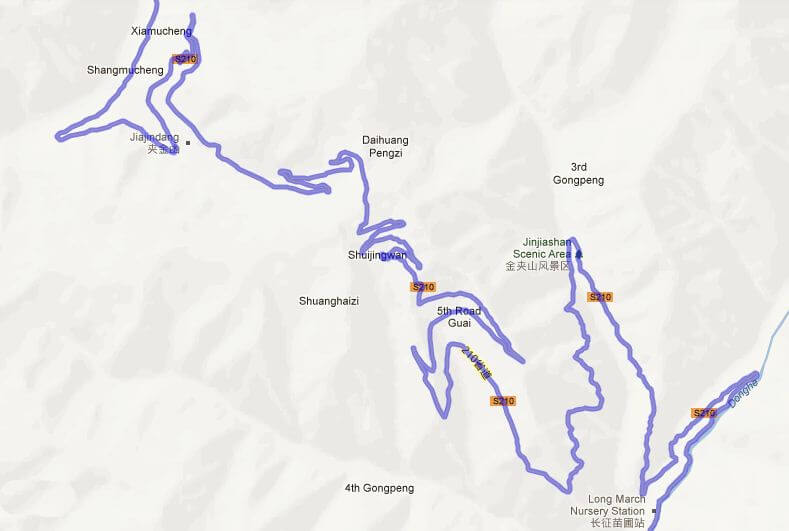
Winding route over JiaJinShan pass

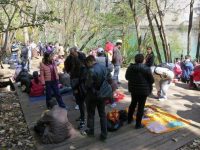
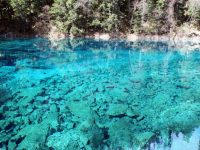
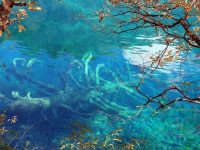
Pingback: Steve Juba (@solotravelclubs)
Pingback: Steve Whitty (@stevo120665)
Pingback: Lisa Niver Rajna (@wesaidgotravel)
Pingback: @jkpittman
Pingback: @skipbang
Pingback: K Catchpole - E Mohl (@TransAmericas)
Pingback: @pursuexcitement
This must be the strangest and most unexpected place to have some kebabs. Great post, wonderful pics.
Those would taste delicious I imagine after that drive. Beautiful views!
what a beautiful view! i think i like your breakfast more than your lunch, LOL.
Stunning! Mostly because, I like clouds and I like kebabs.
wow. kebabs and clouds… those pics are divine, divine. what else can i say? thank you.